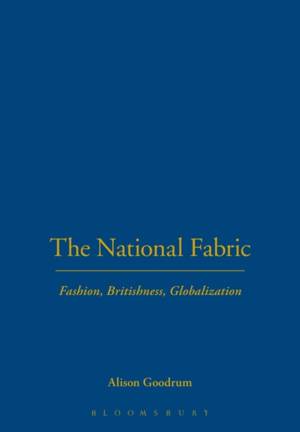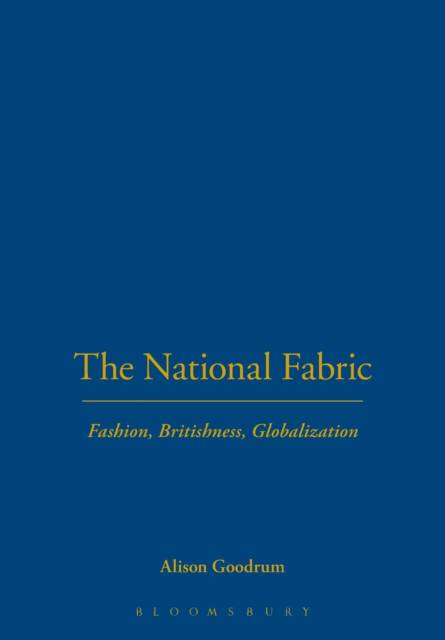
Door een staking bij bpost kan je online bestelling op dit moment iets langer onderweg zijn dan voorzien. Dringend iets nodig? Onze winkels ontvangen jou met open armen!
- Afhalen na 1 uur in een winkel met voorraad
- Gratis thuislevering in België vanaf € 30
- Ruim aanbod met 7 miljoen producten
Door een staking bij bpost kan je online bestelling op dit moment iets langer onderweg zijn dan voorzien. Dringend iets nodig? Onze winkels ontvangen jou met open armen!
- Afhalen na 1 uur in een winkel met voorraad
- Gratis thuislevering in België vanaf € 30
- Ruim aanbod met 7 miljoen producten
Zoeken
€ 79,95
+ 159 punten
Uitvoering
Omschrijving
British fashion is characterized by oppositions: punk versus pageantry, anarchy versus monarchy, Cool Britannia versus Rule Britannia. Why has British fashion come to be so contradictory? How are these contradictions employed to 'sell British'? What do they mean for consumers who 'buy British'? Through an examination of iconic fashion companies Paul Smith and Mulberry, The National Fabric provides telling insights into the culture of contemporary fashion and the dilemmas of 'going global'. Goodrum argues that 'Britishness' is characterized less through a particular look than through its ambiguities. She shows how the apparently straightforward and economically-driven process of globalizing British fashion is, in fact, far more culturally nuanced and locally embedded than has previously been suggested. In examining the interplay between fashion and Britishness, Goodrum redresses a longstanding omission in fashion theory, which has been preoccupied with class, gender and race rather than with national identity.
Specificaties
Betrokkenen
- Auteur(s):
- Uitgeverij:
Inhoud
- Aantal bladzijden:
- 256
- Taal:
- Engels
- Reeks:
Eigenschappen
- Productcode (EAN):
- 9781845201876
- Verschijningsdatum:
- 1/12/2005
- Uitvoering:
- Paperback
- Formaat:
- Trade paperback (VS)
- Afmetingen:
- 164 mm x 233 mm
- Gewicht:
- 449 g

Alleen bij Standaard Boekhandel
+ 159 punten op je klantenkaart van Standaard Boekhandel
Beoordelingen
We publiceren alleen reviews die voldoen aan de voorwaarden voor reviews. Bekijk onze voorwaarden voor reviews.











